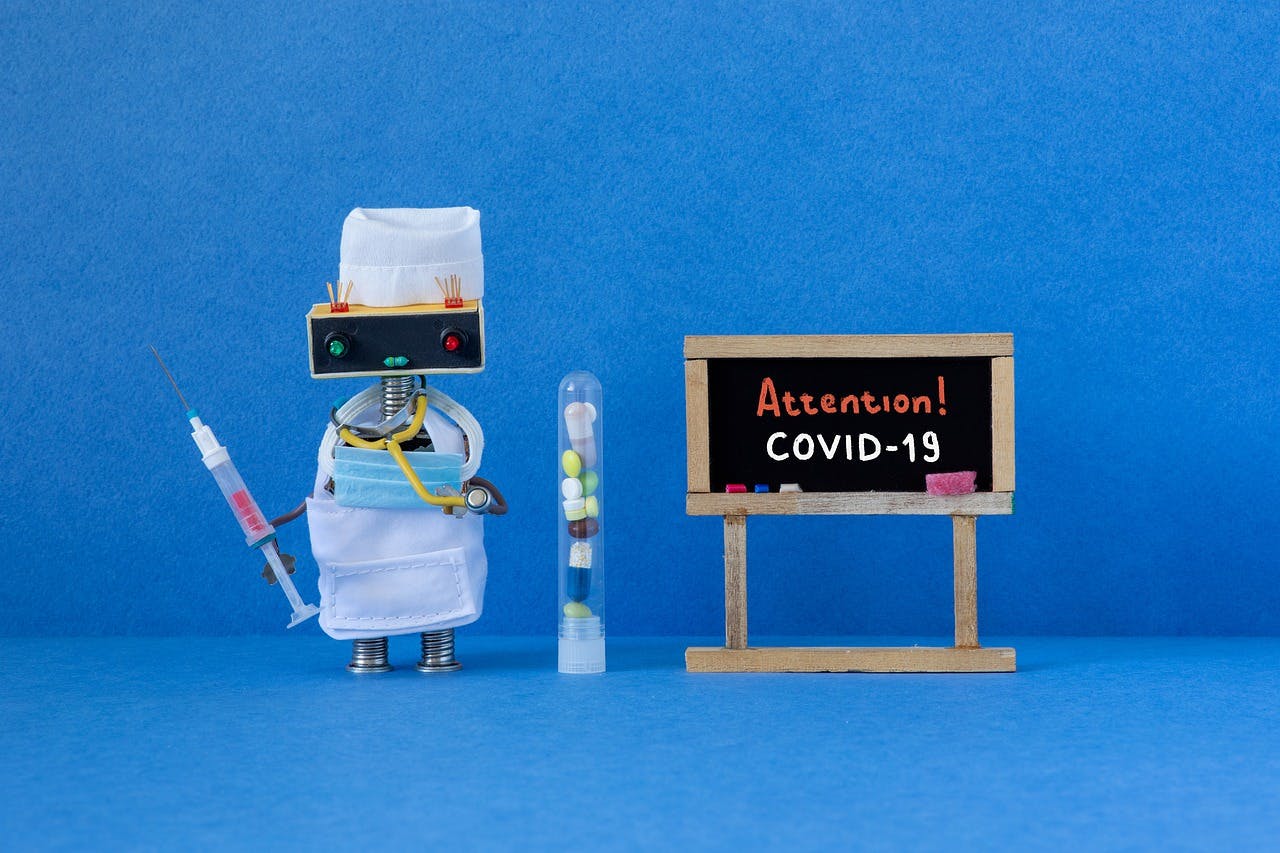The United States Occupational Safety and Health Administration (OSHA) recently updated its regulations regarding safety in the workplace in response to new conditions caused by COVID-19. The pandemic has been a difficult time for all of us, so adhering to the new guidelines will accelerate our ability to recover from it.
These new safety guidelines are a reflection of newly discovered best practices and medical findings. They encourage vaccinations among employees as well as new ways for at-risk workers to stay safe.
Read up on the new OSHA updates so that your business can achieve regulatory compliance and build a safer working environment.
Intentions of the new OSHA guidance
This recent update aims to address the employees not covered under OSHA’s Emergency Temporary Standard, or those who are at-risk and currently unvaccinated. The Center for Disease Control does specify that fully vaccinated employees (defined as individuals whose final dose was administered at least two weeks ago) are not always required to follow the same restrictions.
There are exceptions to this rule for workers with conditions or medications that weaken the immune system. Employees who cannot be vaccinated or cannot wear a face covering for health reasons must be accommodated accordingly.
Keep in mind that the new OSHA update is not a regulation or legal requirement but rather a recommendation based on currently existing OSHA mandates for businesses.
Essential prevention measures
COVID-19 is a highly infectious disease spread through the aerosol transmission of particles. OSHA encourages implementing basic workplace controls in response, including:
- Asking those with COVID symptoms to stay home and separate from the workplace
- Requesting physical distancing for on-site workers
- Mandating the use of face coverings or personal protective equipment (PPE)
- Maintaining building ventilation systems
- Regular cleaning, especially for touch-heavy surfaces
- Offering work-from-home solutions with flexible scheduling
- Removing health hazards from the working environment (in accordance with Act’s General Duty Clause, Section 5(a)(1))
There are also additional specific guidelines for high-risk industries that involve a higher likelihood of exposure, such as manufacturing, food handling, and retail.
Advice for workers
Regardless of what policies your company institutes, you as an employee can take a variety of steps towards a more health-conscious environment.
- Practice general hygiene by washing your hands and covering yourself during coughs and sneezes.
- Be courteous to those around you by wearing a face mask that covers your nose and mouth. It will block your respiratory droplets from entering the air.
- Take advantage of work-from-home solutions.
- Assist your employer in making the work area safe. For example, notify management of ventilation issues.
- Continue to find vaccination opportunities. Employers should offer paid leave options for this purpose.
Working cohesively with coworkers and managers is the best way to combat transmission risk and accelerate recovery.
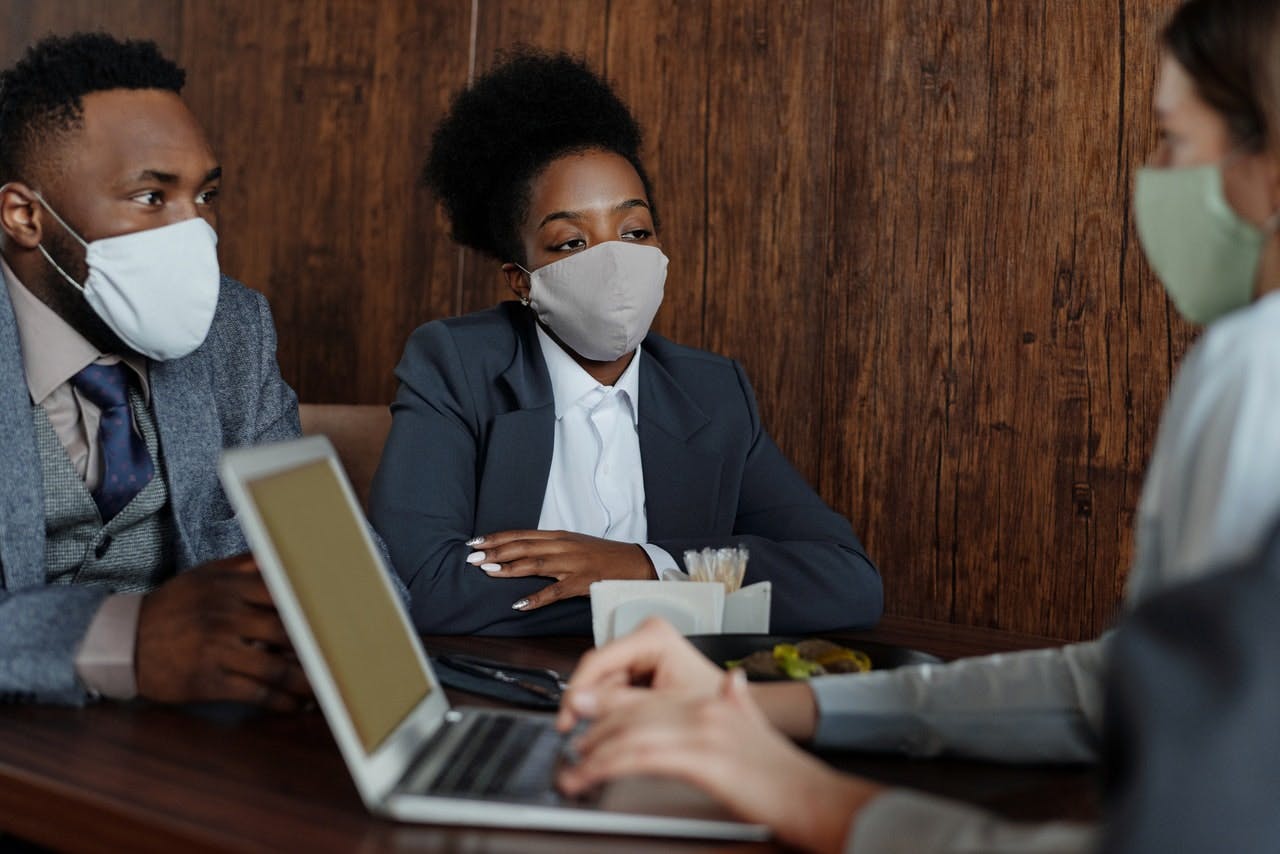
Ways for employers and employees to work together
Just as important is the role of the employer to promote a work-safe environment in the midst of COVID-19 spread. Some options are:
- Request physical distancing. The rule of thumb is that workers should not be within 6 feet of each other or at least have physical barriers to block face-to-face exposure. You should also limit the number of employees in the same space at a time.
- Provide face coverings for general employees and specialized PPE in specific applications. Industry-specific guidelines exist for mandated equipment like respirators or face shields.
- Encourage customers to participate by requiring face coverings when inside your building. A notice posted outside may be enough for this purpose.
- Maintain a clean workspace. Routine disinfection and proper ventilation are both mandates of OSHA standards.
- Revise your “sick days” system. Any workers who are infected, have symptoms, or have been exposed to infected individuals should stay home.
- Grant paid leave to staff receiving vaccinations, which includes time to recover from potential side effects. The American Rescue Plan might offer tax credits in this case to businesses with fewer than 500 employees.
- Offer COVID-related training to staff. This way, management can clearly communicate facts about the disease, new company policies, and where to find additional advice.
- Be transparent regarding hospitalizations and infections. Businesses must report outbreaks to OSHA according to specified policies.
OSHA holds employers responsible for providing a safe workplace for their employees, especially in risky times like COVID-19. By working closely with staff, businesses can boost recovery as vaccinations continue to be distributed.

Stay OSHA compliant with monitorQA
It’s important that your business stay on top of the latest OSHA COVID-19 guidelines. Staying compliant means creating a safe workplace both for employees and customers.
monitorQA empowers your staff by giving them a powerful tool that improves the way you monitor, track, and measure progress towards your goal of achieving operational excellence.
Discover an easier way to measure and track safety in your workplace. Book a discovery call and see monitorQA in action.
last modified:09.17.24
Recent Posts

OSHA Ladder Safety 101: How to Meet OSHA Standards and Keep Your Workers Safe

Car Wash Safety: Regulations & Best Practices You Need to Know
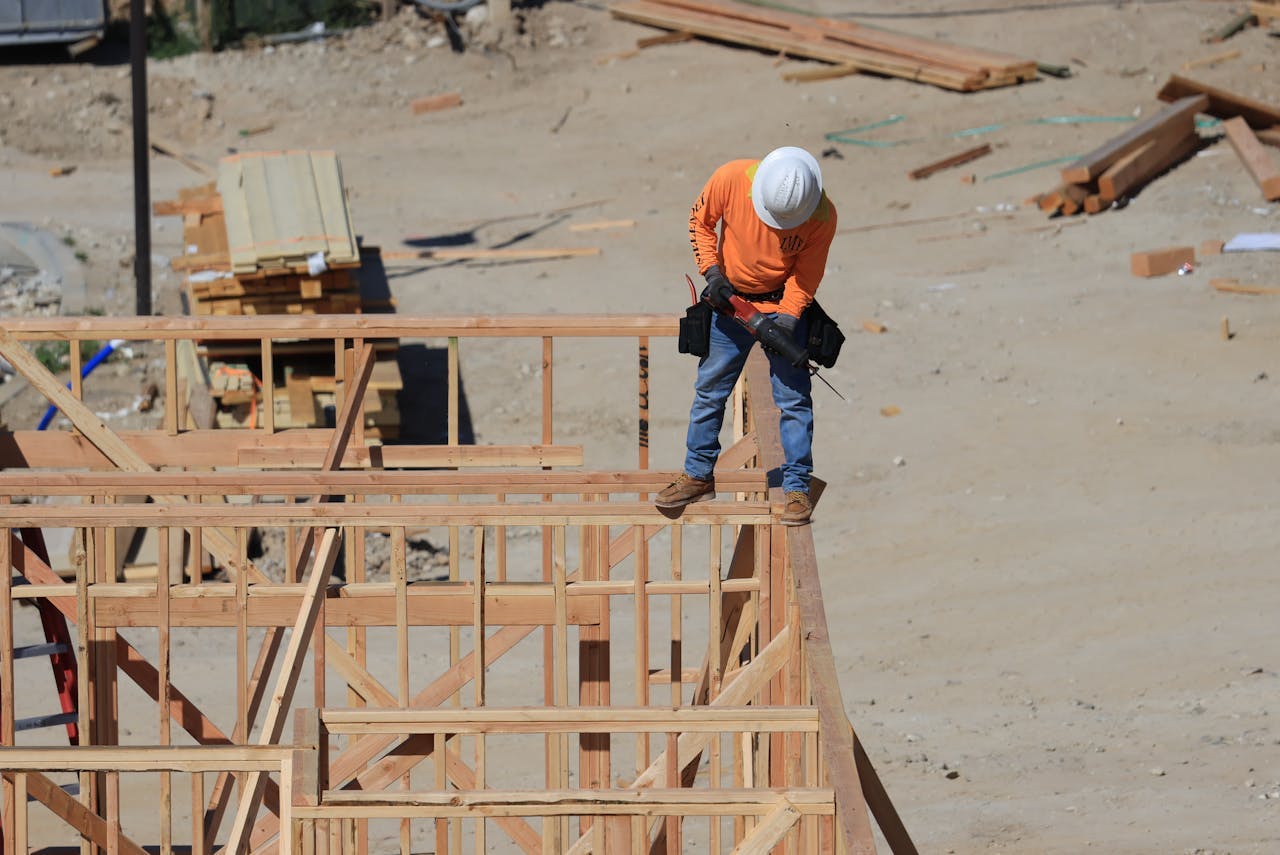
Fall Hazards At Work: How To Keep Your Employees Safe

The High Price of Neglect: OSHA Violations and Penalties

Expert Advice on Preventing Workplace Electrical Hazards
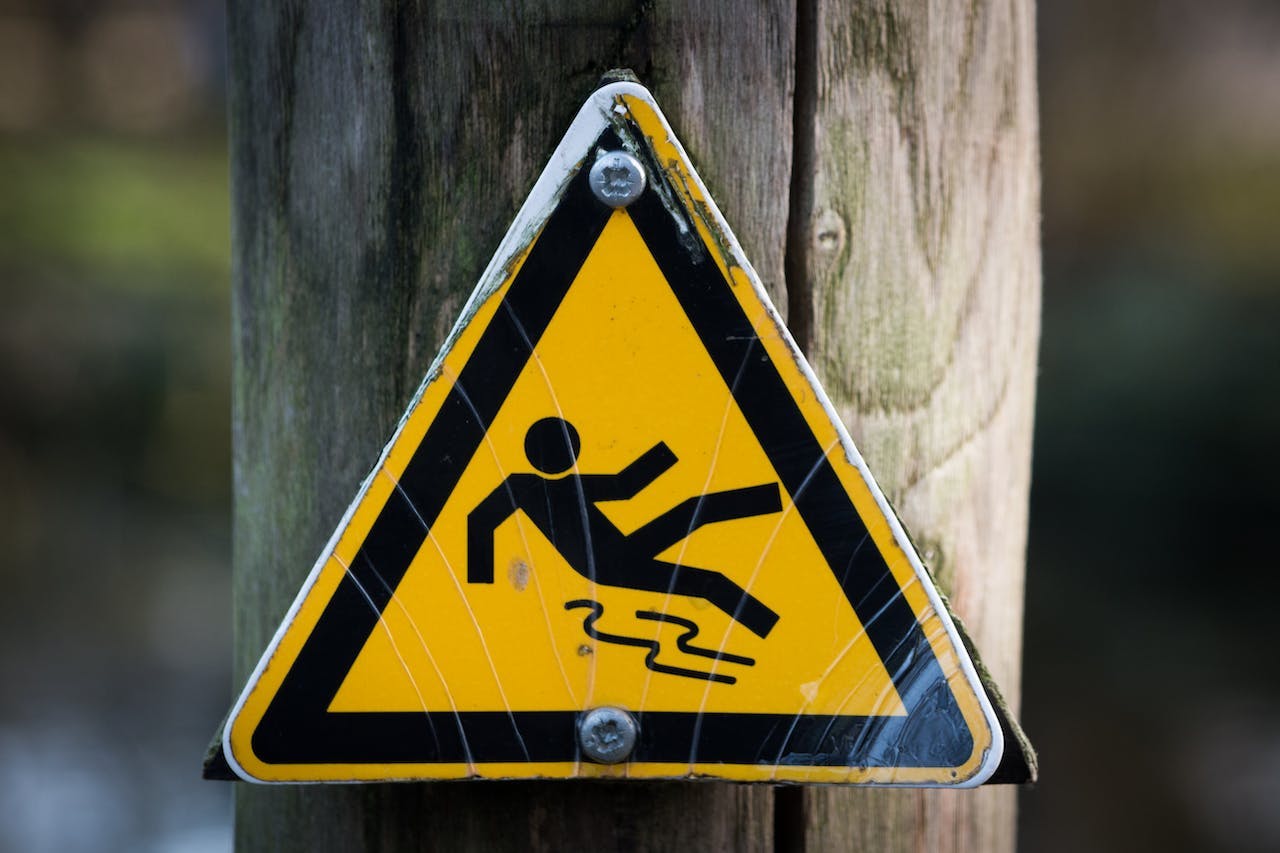
Slips, Trips and Falls in the Workplace: Best Practices

HSEQ Audit: The Complete Guide

Keeping Up With Compliance Trends 2024
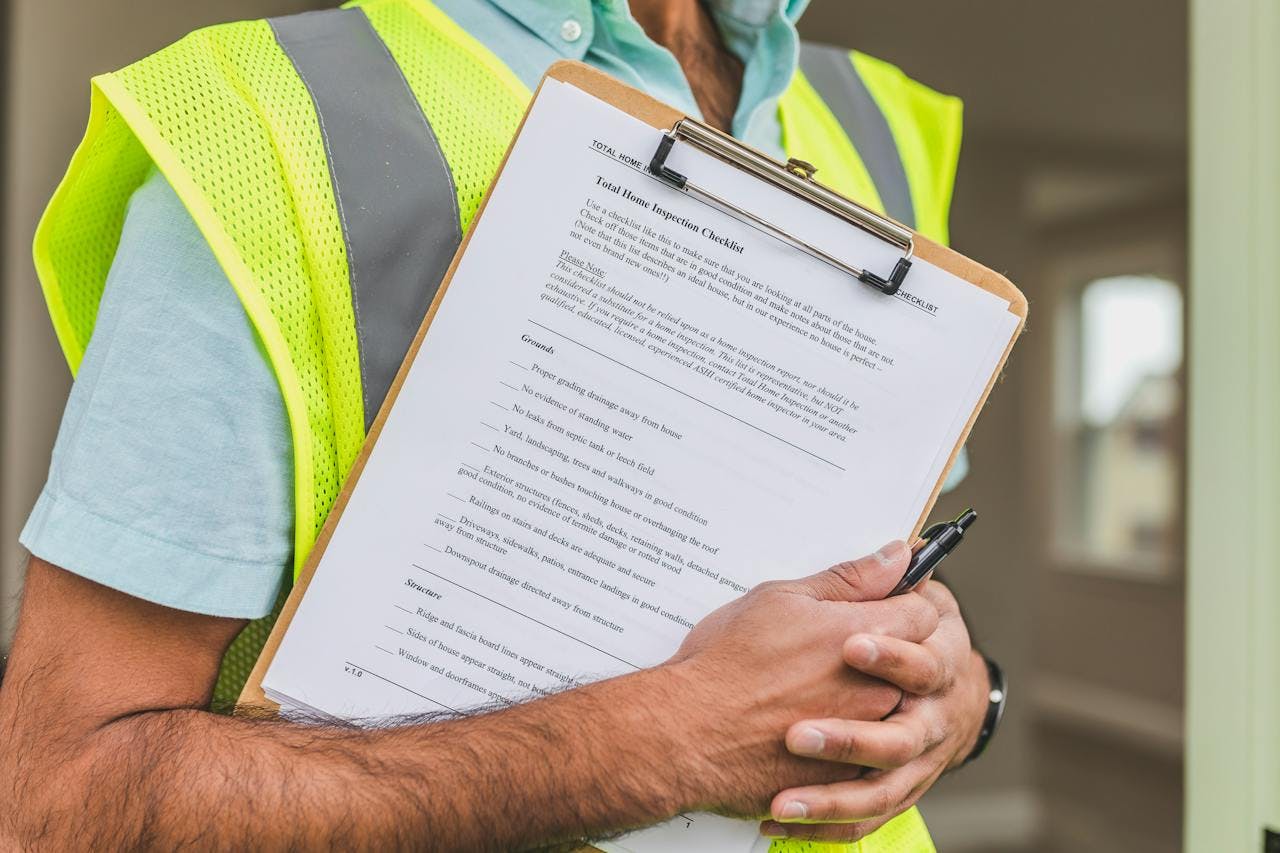
Improve Safety: Inspection Management Software Benefits

Promoting Safe and Productive Working Environments: Occupational Health & Safety Tips to Consider
